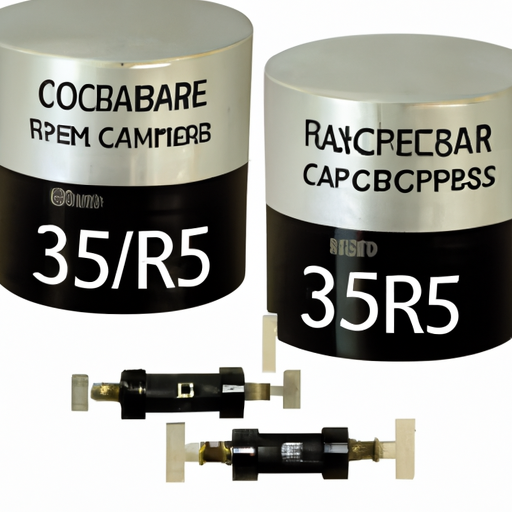Core Functional Technology Articles on Variable Capacitance (Varicaps, Varactors)
| 1. Basic Principles of Varactor Diodes | |
| 2. Modeling and Simulation of Varactor Diodes | |
| 3. Temperature Effects on Varactor Performance | |
| 4. High-Frequency Applications of Varactors | |
| 5. Advancements in Varactor Technology | |
| 1. Tuning Circuits in Radio Receivers | |
| 2. Voltage-Controlled Oscillators (VCOs) | |
| 3. Phase-Locked Loops (PLLs) | |
| 4. RF Filters | |
| 5. Smart Antennas | |
| 6. Automotive Applications |
Application Development Cases of Variable Capacitance (Varicaps, Varactors)
Conclusion
The versatility and functionality of varactor diodes make them indispensable in contemporary electronic systems. Their ability to provide variable capacitance in response to voltage changes enables innovative solutions across a wide array of applications, from tuning and filtering to advanced signal processing. Ongoing research and technological advancements continue to enhance their performance, ensuring that varactors remain a critical component in the evolution of electronic devices and systems.






